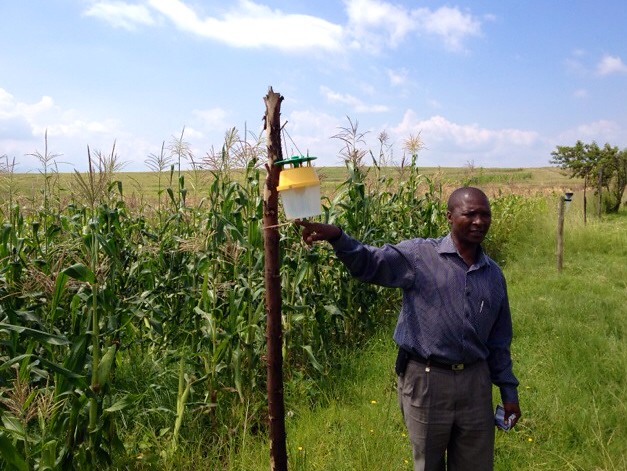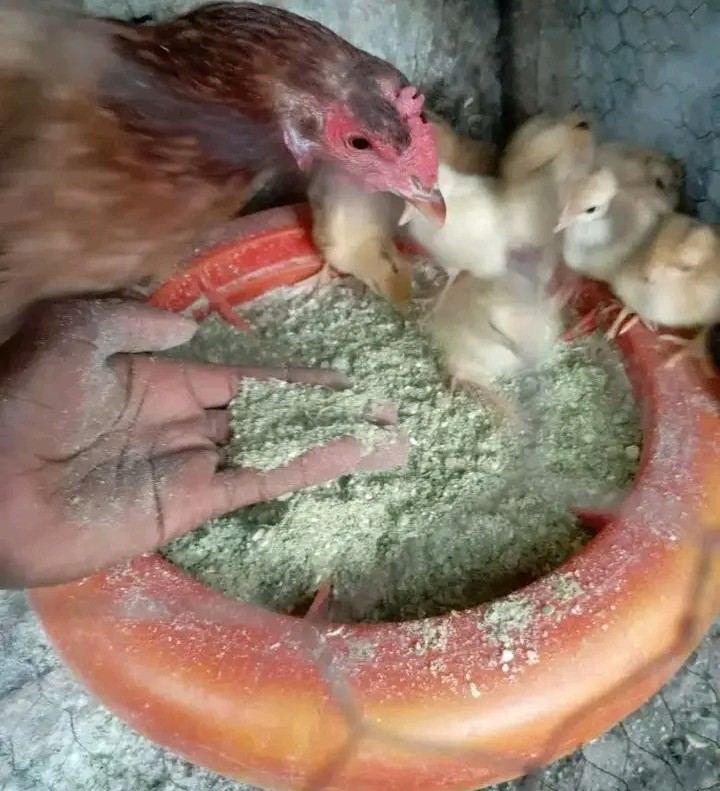
By George Munene
According to research published in the Journal of Science, researchers have developed a cheaper and natural source of pheromones, i.e, behavior-influencing perfumed chemicals that confuse insects and prevent them from mating.
Currently, it costs Sh121,000 ($1000) to Sh423,640 ($3,500) to produce just one kilogram of artificial pheromones. By modifying plants to more effectively synthesize pheromones, researchers estimate they could slash the cost to just Sh8,477 ($70) and Sh15,137 ($125) per kilogram--similar to the current cost of pesticide application.
Speaking to the publication, entomologist Muni Muniappan at the Virginia Polytechnic Institute and State University noted that a lower price might make the pheromones accessible to farmers in the developing world.
But because these pheromones work best when applied to large areas and most farmers in developing regions work small fields, farmers would likely need to work together to see the benefits, he said. “You need to have farmer education and outreach in order to make that successful.”
Related News: Sex Trap helps reduce damage of deadly Tuta Absoluta
Related News: Cheap and simple trap that can end Fall Armyworms in less than a week
Scientists at Lund University, Sweden, have been modifying plants to more effectively produce the chemical building blocks needed for synthesizing pheromones.
The Camelina, a relative of canola, was used as it has seeds rich in fatty acids--an important ingredient in getting plants to produce pheromones.
The team tested this pheromone blend in China to control the diamondback moth (Plutella xylostella), a problematic pest for Brassica group of plants (kale, cabbage). The findings showed the pheromone traps worked just as well as commercial synthetic pheromones.
Another test in Brazilian bean fields showed a single plant-made pheromone could disrupt the mating patterns of the destructive cotton bollworm (Helicoverpa armigera) just as well as synthetic pheromones.
Pheromones, unlike chemicals, are an environmentally friendly way of dealing with pests.
However, their high cost has seen them used by farmers growing high-value crops that require little land to turn a profit.
Related News: Weaver ants increase cashew yields by 150 per cent
This has curtailed their widespread use by most of the farming population which grows crops such as maize and beans that do not sell for as much.
In 2020 global pesticide consumption stood at 2.7 million metric tons, a more than 57 per cent increase compared to 1990. According to FAO, Africa used an estimated 0.3 kilograms of active pesticides per hectare of cropland in 2018.
Incorporating pheromone use in controlling pests will reduce the application of conventional insecticides, providing sustainable and eco-friendly pest management in agriculture.
Write comment (0 Comments)

















